Are you a beginning gardener ready to plant your first garden this year? Here are 11 gardening mistakes commonly made by beginners- so you can avoid them and grow a better garden!
It’s nice to think that all there is to gardening is sticking a seed or a plant in the ground, sprinkling it with water and then watching it magically grow tall, healthy, and full of produce.
This site contains affiliate links. If you make a purchase using one of these links, I may earn a commission. Please see my disclosure page for more information about cookies collected and our privacy policy.
But in reality, there’s a lot more to gardening than that.
And while you might be tempted to say you have a “brown thumb” and give up, there’s more you can do to turn your new garden around.
Over the years I’ve helped lots of new gardeners get back on track and turn a failing garden into a thriving one and I started to see a lot of similar mistakes that new gardeners make, so let’s look at each of them so you can avoid making these same gardening mistakes.
11 Mistakes New Gardeners Make (So You Won’t Make Them!)
1. Over Watering
Watering seems to be the most confusing thing for new gardeners, and for good reason. We are taught from a young age that plants need sun and water to grow….so if we see our garden doing poorly we jump to the one thing we can control- water.
But most plants hate to have their roots wet. And once plants are in the ground, their roots can grow deeper and reach into the ground water stored in the soil.
You never want to have sopping wet soil. Ever. Water the soil directly under the plant for a few moments and move on to the next plant.
For newly transplanted plants, water every other day (or every day if you live where it’s very warm and sunny) for the first week to help get the plants established.
For established plants, water only when the weather has been dry and hot. Once a week- or if the plants are showing the first signs of wilt.
In many locations, you won’t have to water at all because the rain gives you enough water.
Remember too much water can make for sick plants- it puts them at risk for fungal infections or rot.
2. Under Watering
Conversely, maybe you read that plants hate to have their roots wet or that a certain crop doesn’t like much water and in response you are UNDER watering your garden.
If you crops are wilting or stunted and it’s been awhile since you’ve had rain, chances are you need to help mother nature along and give some water.
While too much water isn’t good, and when you let the plants dry out a little it encourages them to develop deeper roots, they still need water to survive.
Signs of under-watering can be:
- Wilting of the leaves and stems
- Dry, cracked soil- especially a few inches under the surface
- Stunted growth (enough water to survive, not enough to grow)
If we are talking about seedlings, try to keep the soil evenly moist.
Otherwise the average is about 2 inches per week- and water in the morning or the evening for the best results.
3. Not Amending the Soil
Your soil is the backbone of your garden and you plants will only grow as healthy as it is.
If you are starting a brand new garden, chances are your soil isn’t exactly what it should be for growing fruits and vegetables.
This means you may have to buy a couple loads of organic compost or topsoil and mix it into your existing soil.
You should know your soil type and what it lacks- so sending off a soil sample to your local extension agent can be a great start.
Know if you have clay soil that doesn’t drain well or sandy soil that needs more bulk.
Read more about soil here:
4. Over Fertilizing
Again, you can also have too much of a good thing. Just like with water, there is a balance when it comes to fertilizing.
Too much fertilizer can actually burn your plants.
And, depending on the crop, soil that is too nutrient dense can also give you lots of leaves but not a lot of fruit.
Most fertilizing and amending should be done in the fall or at the very least a good 6 weeks before planting.
Some soil amendments are hot, such as most manures. They need to sit for a period of time too cool down or they will burn or kill your plants.
Additives like lime can also burn plants if used incorrectly.
So be sure you know the how, when, and why of the particular amendment you plan on using so you can apply it correctly and at the right time.
5. Planting Too Early
Another common mistake of beginning gardeners is planting too early.
Before you ever start a garden you need to have some basic knowledge of your growing zone, your last frost date, and the preferences of garden crops.
Many of your vegetable garden crops are planted AFTER your last frost date. This means things like tomatoes, peppers, squash, etc. They are not frost hardy and will die if they are left out during a frost.
But beyond that, many of these crops also thrive in warm weather. Meaning if it’s still cool, even if there’s not frost, they will grow very slowly until the weather and soil has warmed sufficiently.
6. Planting Too Late
Just like with watering and fertilizing, there’s 2 sides to the timing of planting as well. While it’s true that many crops are not frost hardy, there are some that are considered cool weather crops.
These are crops that prefer cooler temperatures and can withstand light frost. But more than that- they will not thrive in warm weather.
Peas for example stop putting out flowers at 70F. If you plant them too late, you won’t get many pods.
Many greens such as lettuce and spinach will bolt- or go to seed- in warm weather.
So read up on what you plan on growing, so you know the perfect time to plant that specific plant.
Here’s a list of cool weather crops you can grow earlier in the season.
7. Planting Too Close
This is probably the hardest gardening mistake to overcome, and one I still struggle with some years.
It’s easy to want to put as many plants in to your garden as possible. And when you are planting small transplants, it’s easy to overlook just how big those plants will be 2 months down the road.
Overcrowding your crops can cause big problems with disease- such as blight in your tomatoes or powdery mildew on your squashes.
It also makes it hard to harvest when your plants are so close together you can’t even get to them anymore.
Pay attention to the spacing listed for your crops- either in growing guides, on seed packets, or on the marker that came with your transplant. Here’s my guide for correct garden plant spacing-and a chart to keep it straight!
If you have limited space, try growing more vertically. It’s a great way to fit more vegetables into your existing space safely.
8. Not Labeling
When you are a beginning gardener you aren’t used to identifying plants simply by looking at them. After years, I can tell the difference between the common weeds found in my garden and the sprouting seedlings if plants I have planted.
For example, my kids can’t just go weeding randomly in the early spring because the volunteer marigolds (which I want) look somewhat similar to the pesky ragweed seedlings that are starting to sprout. With experience, they will easily be able to tell the difference, but at the start it can be hard.
If you’ve never grow radishes before, you might not be able to identify them as they sprout and accidentally pull them up as a weed.
Labeling also helps you keep track of all the plants you have planted. Squash, melons, cucumbers can all look somewhat similar at the early stages, so proper labels can help you keep it all straight.
9. Choosing the Wrong Plants
I mentioned gardening zones above, and I’ll bring it back up now. Your gardening zone is very important. It helps you understand your climate and what can and can’t grow during the different seasons in your zone.
Gardeners in Florida for example will be planting totally different things than someone in May in any given month. Plus growing season are different lengths depending on where you live. If you live up north, you likely have a shorter growing season and therefore can’t grow crops that take a long time to harvest.
So it’s important to plant crops that are well suited for where you live.
On a smaller scale, you also need to plant crops that are suited for your garden. If your yard is pretty shaded you won’t be able to grow the same things as someone who has full sun all day long.
If you have a very small garden, you may not be able to grow crops like winter squash that sprawl and vine everywhere.
10. Not Asking for Help
One thing almost every gardener has in common is passion. We LOVE gardening and we love sharing about gardening.
Many of us also believe that everyone should garden in some form or fashion.
So, if you are a beginning gardener and you’re having trouble, reach out. Ask a neighbor, a family member, an online forum, or even leave a comment or email ME!
Most gardeners are ready and willing to help anyone who needs it.
Don’t make this mistake and let pride get in the way- we all start somewhere.
11. Not Keeping Records
And the last rookie gardening mistake is not keeping records on your garden.
There’s a lot that goes into gardening, and you will learn a LOT every year about YOUR garden.
You’ll learn what grew well and what didn’t, what pests or diseases you had and how you fixed them, what crops you liked or didn’t like, and so much more.
You need to keep a journal or planner with all of this information so you can repeat what worked and NOT repeat what failed.
My garden planner is perfectly suited for keeping these records- and will help you keep track of everything you need to.
More Beginning Gardener Help:
11 Tips for Beginning Gardeners to Plant the Best First Garden
11 Easiest Crops for Beginning Gardeners to Grow
The Ultimate Guide to Companion Planting in the Garden


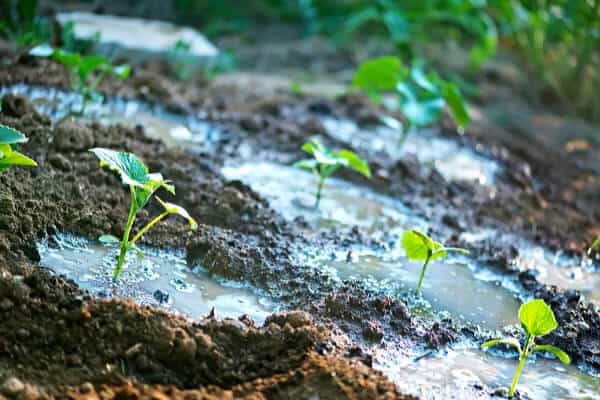
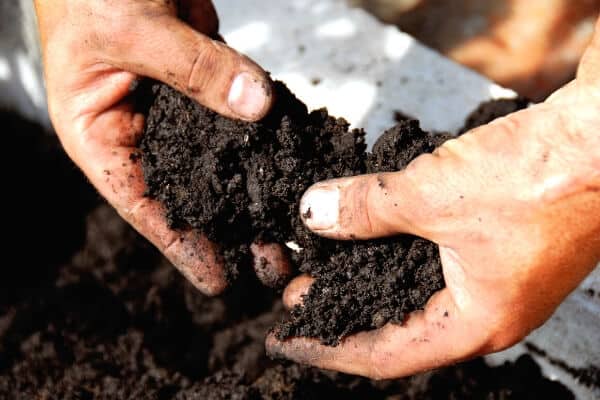
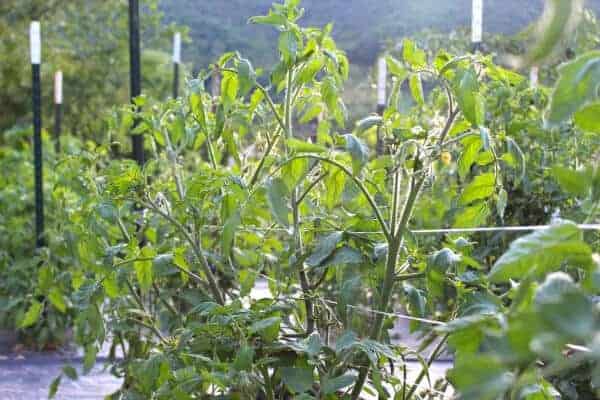
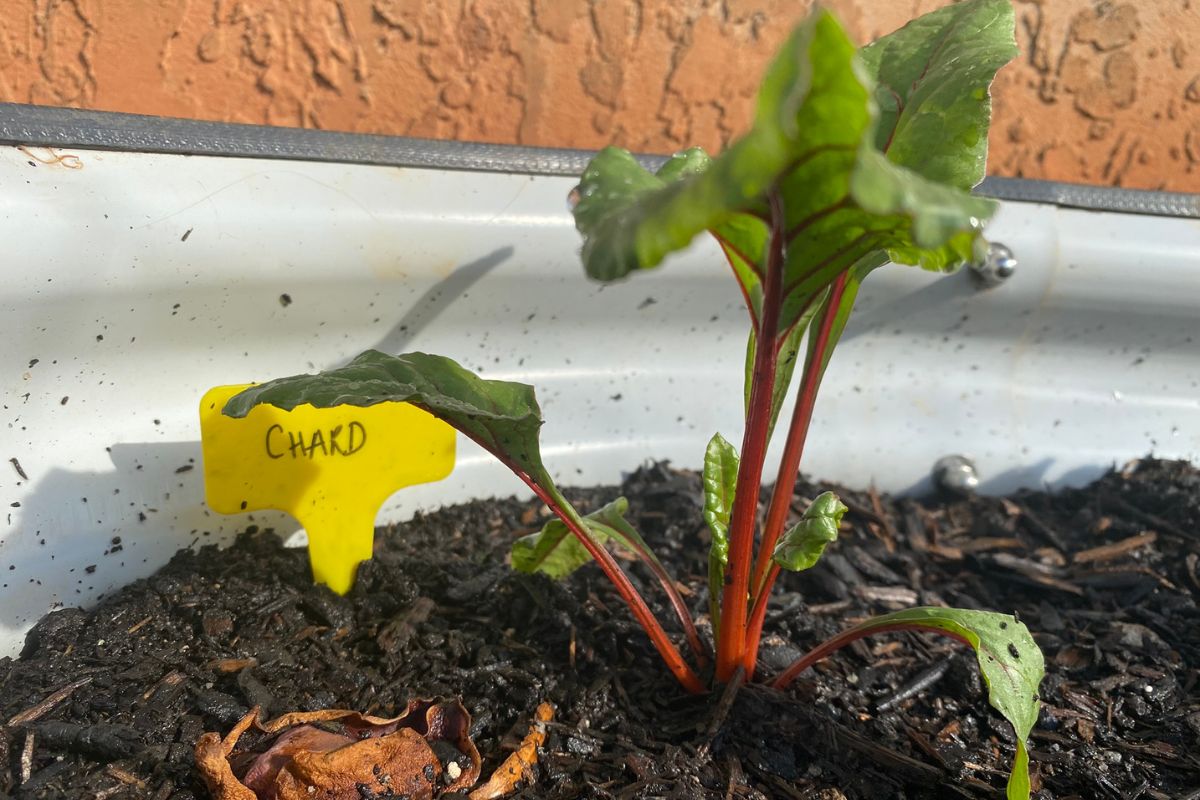
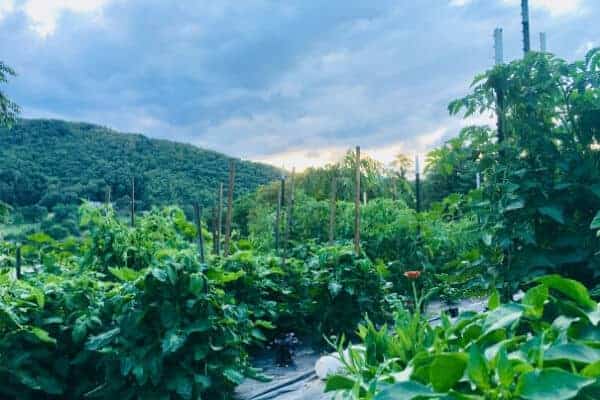


I just read your article about mistakes to avoid as a beginner gardener. I’m having issues with a few of my plants and not sure what I should be doing!
I too am a beginner…..at 85 !however have a daughter and good friend to help me. Biggest problem:!too much or too little water! I bought a water meter which is a help
Oh my gosh! This is so helpful! You make me feel empowered instead of overwhelmed like I have felt. We just moved and the previous owners had a huge garden space that they’ve been working on for 20 years, composting and everything. I’ve always wanted to garden, but didn’t have the space at our last house. But now I feel overwhelmed. This was very helpful though. Thank you!
I have been gardening for years and am definitively not a professional. I’ve decided to turn most of my yard into raised beds. Last year I had trouble with all plants in all my beds leaves turning brown. It wasn’t from watering and effected most of my plants. I’m thinking it’s a calcium deficiency but not sure. I have a lot of egg shells prepared so they’re going in them. Should I go ahead , now while it’s early, put 10-10-10 on them now. I have 1 in ground bed and the rest is raised beds.
Put them in there! You need to act fast and carefully, just do some research first!
Thank you for sharing
If you live in a Rainy climate try turning the soil after the first drying of the soil, or the Potting Mix called Peet Moss, it protects against Soul Erosion and it is inexpensive, I buy mine at Family Dollar for $3 a pod.
It comes in a Plastic pot with a few seeds like Tomato 🍅 or Strawberry 🍓.
It is worth it is the groynd is worth saving.
Such a helpful article.
I have a vegetable garden in the back yard so I’m always looikg for tops to improve my gardening skills.
Thanks for sharing.